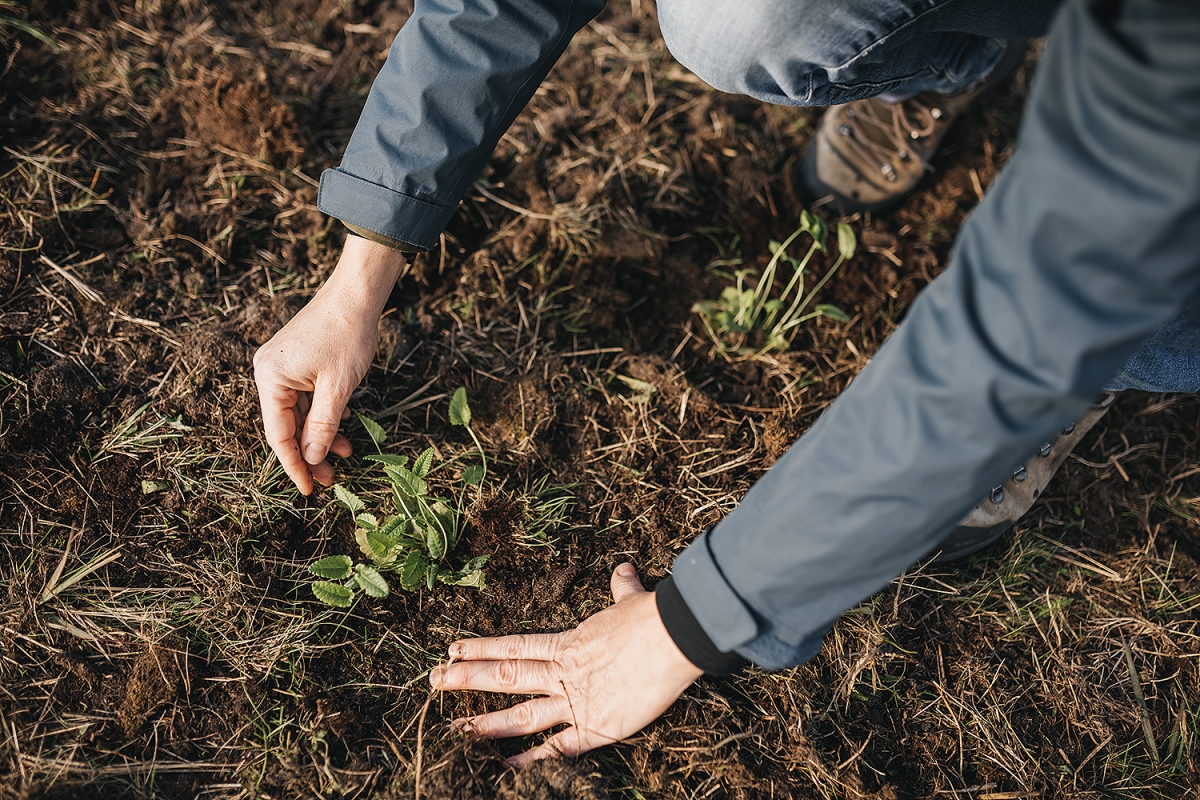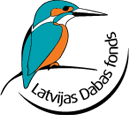| Project passport | |
| Project Duration | 16.09.2022. – 15.09.2027. |
| Project Beneficiary | Tartu City Government (Tartu Linnavalitsus), Estonia |
| Project Partners | In Latvia:
In Estonia:
In Denmark:
|
| Project Funding | EU LIFE programme, State Regional Development Agency, Republic of Latvia, partners |
| Project Location |
|
| Project Manager | Riia Ränisoo, Tartu City Government |
| Project Co-ordinator | Nora Rustanoviča, Latvian Fund for Nature |
| Project Contact Information | |
| Project Phone | +371 67830999 |
| Project Email | Project Email: |
| Project Address | Blaumaņa iela 32-8, Rīga |
| Project Home Page | Project Home Page: |
The aim of the urbanLIFEcircles project " Introducing adaptive community based biodiversity management in urban areas for improved connectivity and ecosystem health" is to preserve, improve and sustainably manage green infrastructure in cities, increase biodiversity by restoring and improving the connectivity and health of ecosystems, and at the same time provide citizens with new recreational areas to spend time and enjoy the benefits of nature. In the project three cities - Riga (LV), Tartu (EE) and Aarhus (DK) - are united.
The project is implemented in cooperation with the municipality of the city of Riga, Latvian Fund for Nature, the municipality of the city of Tartu and the municipality of the city of Aarhus, as well as several other partners from Estonia. The main activities of the Latvian Fund for Nature are related to the creation and maintenance of HNV-grasslands - city meadows (45 areas) in Riga. City meadows will be created in the lawn areas of the Riga Municipality - wide roadsides, open areas in parks, squares and other suitable places.

Creating an urban meadow with the help of local citizen communities ir Dreiliņkalns, Autumn, 2022. Photo: Sergejs Skopincevs.
Activities of the Latvian Fund for Nature:
1. Preparing a restoration plan for the HNV meadows in Riga (T.2.5):
- Through the network of Riga's Neighbourhood Alliance we will ask citizens' opinions on which places they want to see as a HNV - grasslands. Riga’s Neighbourhood Alliance is NGO that unites 30 of 38 Riga’s neighbourhood communities with a mission to strengthen their role as important stakeholders in Riga city administration and help communities on the road to a more liveable and sustainable city;
- We will select the best suitable sites for HNV - grasslands by looking at their plant composition, ecological conditions, landscape assessment, and socio-economic importance (T.2.1);
- A special restoration and site management plan will be elaborated for each of the 45 HNV sites (T.2.5). The plans will be negotiated with Riga greenery department to guarantee the success of the future implementation after project.
2. Restoration of the sites (T.3.2):
- On every site, grass will be mown and removed. In larger, flat places we are planning harrowing soil - to open up by 50% as in most of city lawns soil is heavily compacted. 50 % of bare soil is also recommended before wildflower seeds are sown. In smaller sites, we will use soil aeration, in contaminated places or very eutrophic places we will remove the sod;
- In every HNV - grassland area we will make an event by creating an urban meadow with the help of local citizen communities. In these events, volunteers will prepare the soil by raking it and removing redundant material and sow the wildflower seeds;
- Seed material will be collected in various ways - freshly cut grass from good quality EU grassland habitats we use in large places. We will use seed collecting machinery to get seed material for smaller sites. For some special plant species (eg. yellow rattle Rhinanthus minor), we use handpicking;
- To improve seed germination (in some sites) we will disperse soil from the sites where restoration of EU habitats occurred recently. For example - in places where is bare soil after removal of shrubs and stump grinding (interlinking with other ongoing LIFE projects, e.g. WoodMeadowLIFE). Such soil is poor in nutrients, but rich with the natural seed material and soil microorganisms that promote wildflower seed germination. This will be accomplished without damaging EU habitat (a donor site);
- In every HNV site, we will build specific ecological niches for invertebrates - insect hotels, old dead tree trunks, gravel piles, etc.;
- In a suitable spot wetland will be created providing ecological niches for wildlife on one hand and solving the problem of natural water retention during extreme weather event preparedness measures on the other.
3. Campaigning for conservation (T.4.2):
- Every year we will make the public event - "Meadow day". At this event, we will invite lectors and organize workshops;
- We will make active social media platform for our activities and make articles and broadcasts about wildlife in the city using the exisiting social media channels of Latvian Fund for Nature.
4. Accessibility to biodiversity (T.4.4):
- For rising people awareness we will establish info stands about HNV grasslands, different life forms, management regimes, and so on.
5. Monitoring:
- We will start plant monitoring for the evaluation of changes in plant composition (in selected sites) (T.3.2). A pre-restoration status is identified, which will be a baseline to evaluate conservation success;
- We will engage people in citizen science by asking them to report about wildlife in the city and the superintendence of HNV-sites and use this data for assessing the status of the meadows as well plan the follow-up restoration actions.
